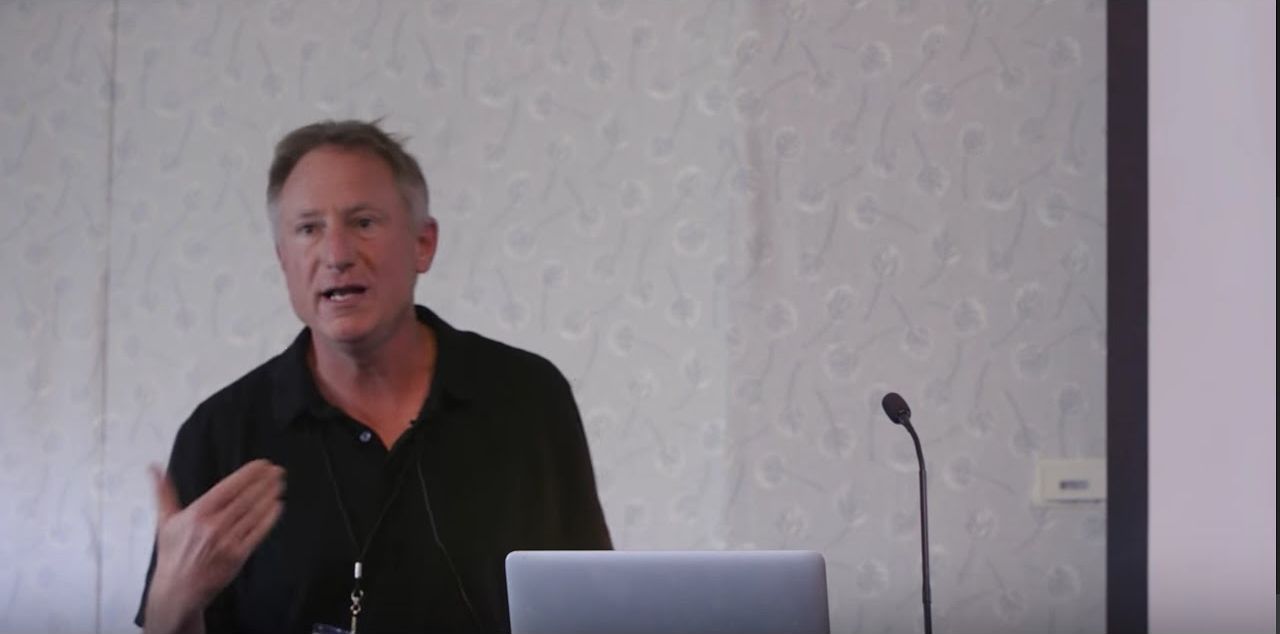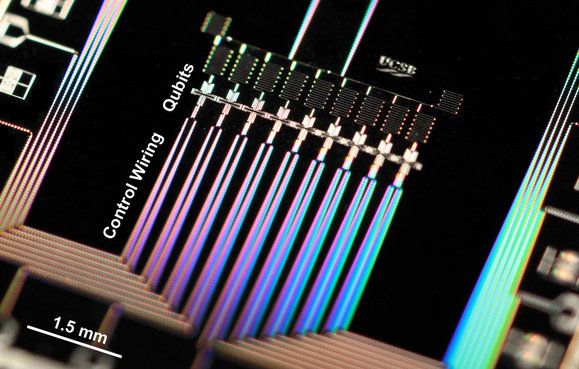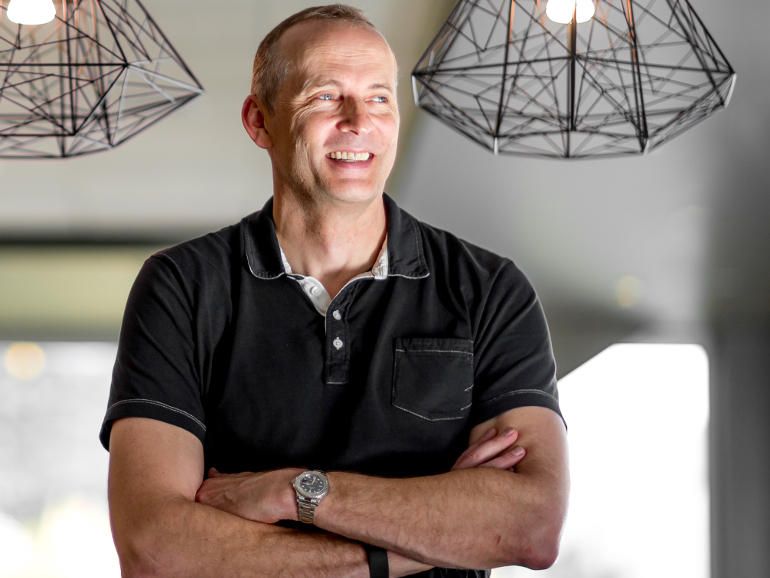Nov 23, 2016
Qubits in brain can make it a quantum computer?
Posted by Karen Hurst in categories: biological, computing, neuroscience, particle physics, quantum physics
The mere mention of “quantum consciousness” makes most physicists cringe, as the phrase seems to evoke the vague, insipid musings of a New Age guru. But if a new hypothesis proves to be correct, quantum effects might indeed play some role in human cognition. Matthew Fisher, a physicist at the University of California, Santa Barbara, raised eyebrows late last year when he published a paper in Annals of Physics proposing that the nuclear spins of phosphorus atoms could serve as rudimentary “qubits” in the brain — which would essentially enable the brain to function like a quantum computer.
Isher’s hypothesis faces the same daunting obstacle that has plagued microtubules: a phenomenon called quantum decoherence. To build an operating quantum computer, you need to connect qubits — quantum bits of information — in a process called entanglement. But entangled qubits exist in a fragile state. They must be carefully shielded from any noise in the surrounding environment. Just one photon bumping into your qubit would be enough to make the entire system “decohere,” destroying the entanglement and wiping out the quantum properties of the system. It’s challenging enough to do quantum processing in a carefully controlled laboratory environment, never mind the warm, wet, complicated mess that is human biology, where maintaining coherence for sufficiently long periods of time is well nigh impossible.
Continue reading “Qubits in brain can make it a quantum computer?” »

















